الأربعاء, يناير 18th 2023
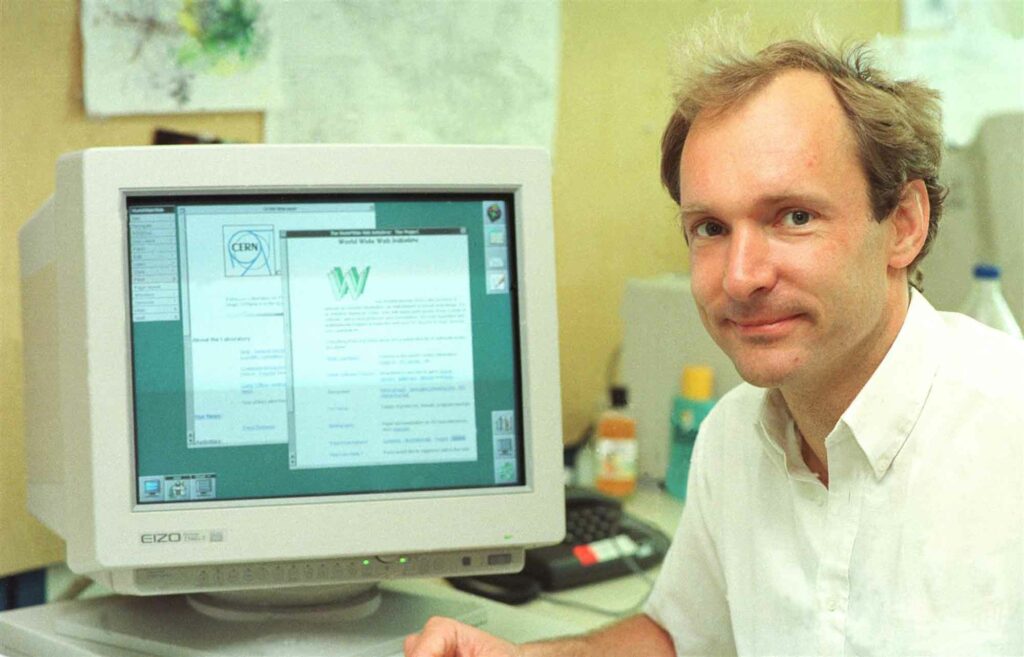
Tim Berners Lee with his world-changing creation (World Wide Web Foundation).
We Swiss will take partial credit for this one! Tim Berners-Lee is a British software engineer who spent some time as a contractor to CERN, the organization that operates the largest particle physics lab in the world just outside Geneva. While he was there in the late 1980’s he came up with the idea for hypertext. Working at CERN with Belgian software engineer Robert Cailliau, the pair went on to incorporate hypertext markup language (html) into the TCP and DNS concepts to develop the system which became what we know today as the World Wide Web. Berners-Lee then went on to develop the first web browser, WorldWideWeb, in 1990, while still at CERN. This led directly to the first commercially successful browser, Mosaic, which in turn led to the development of every other web browser since that time.
In November 1990, CERN launched its first website online via its web server: info.cern.ch which is still running today. In fact, you can browse the history of the WWW project at CERN at the web page https://info.cern.ch/hypertext/WWW/History.html. By 2021, 1.88 billion websites were listed online under the prefix www.
As the project was developed in Switzerland at CERN with (in part) Swiss funding and facilities, we’ll take this as a ‘partial credit’, but a big one!
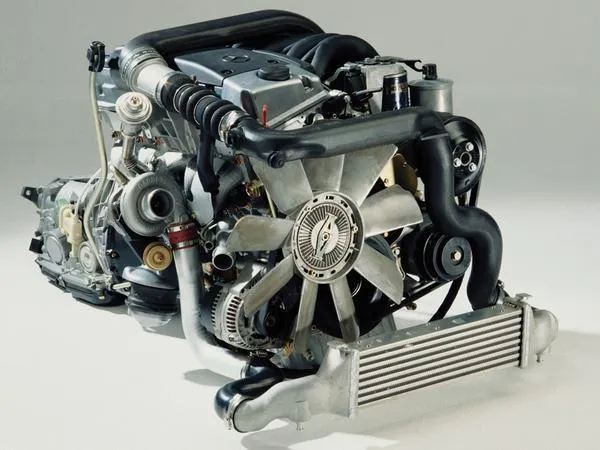
The invention that changed automobiles forever (Piston Heads).
Today almost every car comes with a turbocharger, a device that increases the efficiency of combustion engines. Alfred Büch, who worked at Sulzer, a سويسرا industrial engineering and manufacturing firm, first patented the technology in 1905. Büch aimed to overcome the power loss aircraft engines experienced at high altitudes. But it wasn’t until 1925 that the technology was used commercially for large passenger ships. Then in 1930, the Swiss truck manufacturing company Saurer began using turbochargers in their vehicles. However, due to its impractical size and weight, the turbocharger wasn’t commonly used in cars until the 1980s.
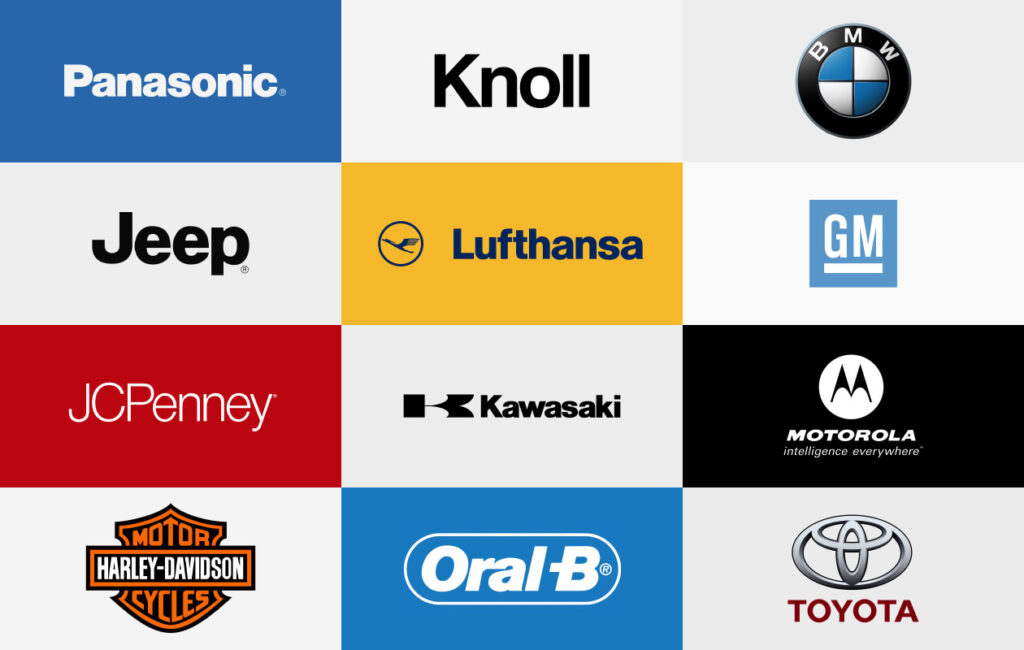
Helvetica font has become synonymous with many major brands and logos.
Helvetica font, known for its functional elegance, is an icon of Swiss design. In 1957 Swiss typeface designer Max Miedinge and Eduard Hoffmann, director of the Haas Type Foundry, set out to create a completely frills-free, sans-serif font that was extremely easy to read. Sans-serif refers to a font without serifs or the small features at the end of strokes within letters. Helvetica’s neutral design was one of the first clean sans-serif fonts developed for typefaces.
In 2007 Helvetic was given its own exhibition, 50 years of Helvetica, at the Museum of Modern Art in New York. Today it is one of the most commonly used typefaces in the world. Employed by organizations like the US government and NASA, it’s also a favorite for marketing campaigns and logos, including Lufthansa, Nestlé, Panasonic, Microsoft, BMW, and Jeep.
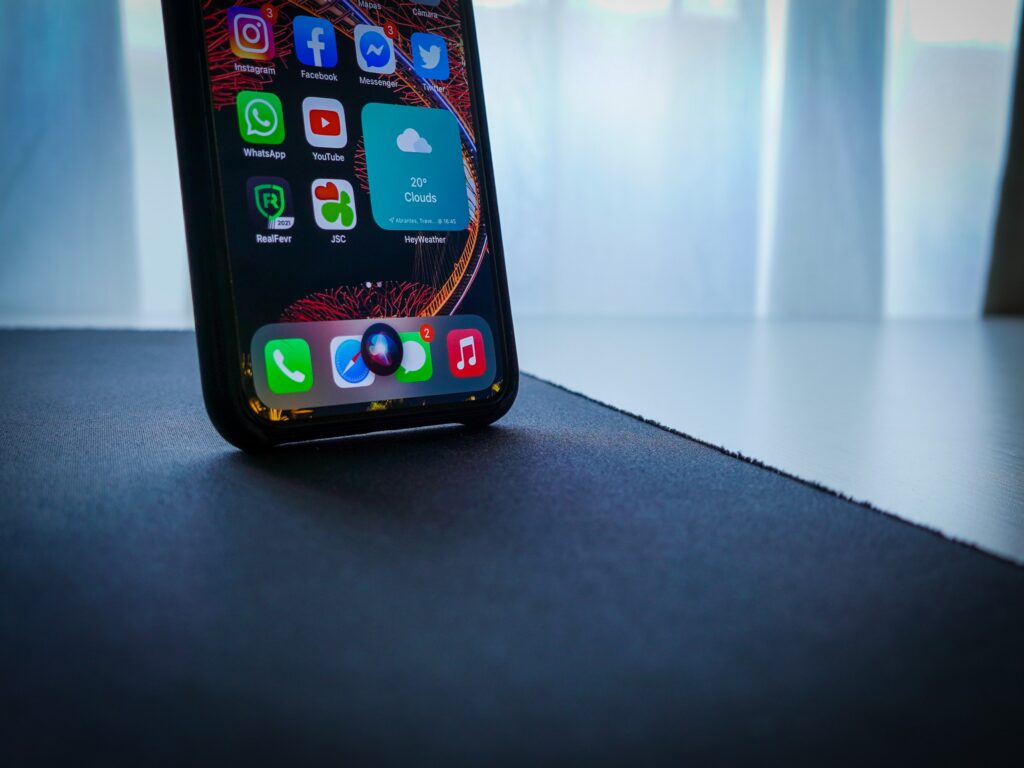
The little voice inside your phone, Siri.
After graduating with a degree in computer science at EPFL in Lausanne Switzerland, Swiss engineer Didier Guzzoni did a three-month internship at SRI International, the famous research institute affiliated with Stanford University. While there, he worked on projects combining robots and voice recognition. He soon returned to EPFL in Switzerland to complete his PhD thesis. With the help of other students, he created a small program that used voice commands to pull up the weather forecast for Lausanne from a database.
After publishing his thesis, SRI reached out to him again. With this prompt, Guzzoni and fellow graduates Tom Gruber and Dag Kittlaus cofounded what would become 2007 Siri Inc., a start-up developing an intelligent mobile assistant. The company was acquired in 2010 by Apple Inc., and its technology has been incorporated with most Apple products since 2011. Today Didier Guzzoni is a senior software engineer with Apple’s Siri team.
While Wikipedia assigns full credit for Siri to SRI International, we don’t think that that’s an accurate or complete history. A picture of Guzzoni’s role can be found here, as told by Guzzoni himself.
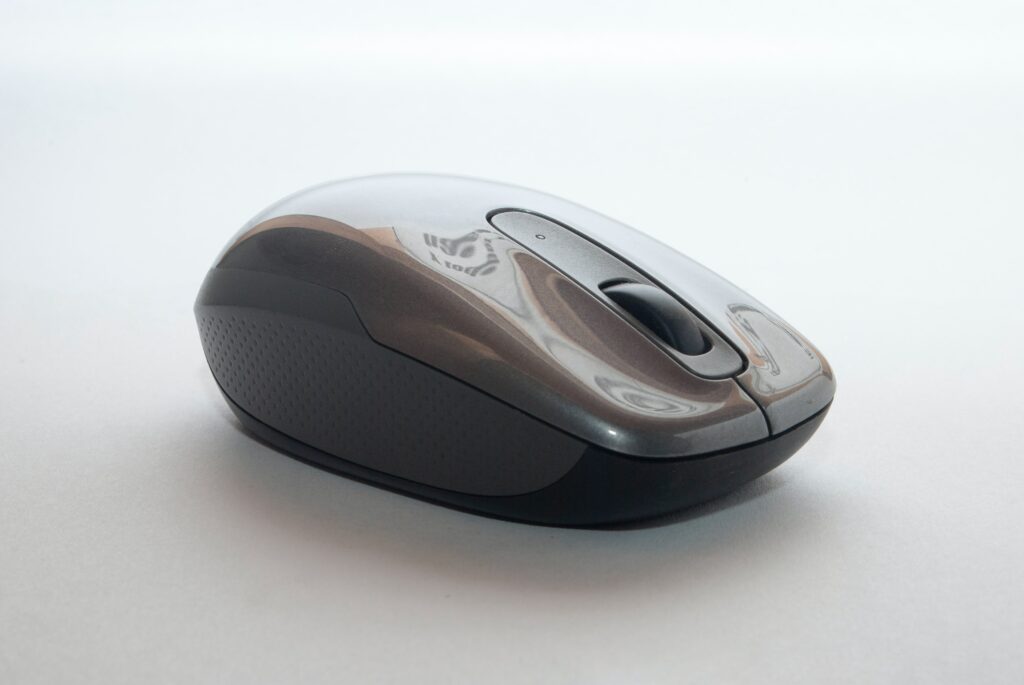
There have been many iterations of the computer mouse, including the modern, wireless edition.
Everyone ‘knows’ that the first mouse was invented at SRI International by Douglas Engelbart. But as with many inventions, the history of the mouse is a lot more complicated than that. We do not wish to undercut the role of Engelbart, for his was monumental and visionary, but Engelbart was not alone, and his contribution was but one step in what we know today as the PC mouse. Indeed, there was a very strong Swiss contribution that made the mouse truly practical.
In fact, Engelbart’s mouse was preceded by stationary trackball technology developed for military applications in the mid-1940’s in the U.K., for use with analog fire-control computers. A ball-based mouse is but a trackball upside-down and on a cable.
In 1963, he sketched out the first handheld mouse along the exterior form-lines of what we know today using a wood shell, but instead of using a ball he employed two rotary down-facing disks and two electromechanical encoders. He constructed this in 1964 and applied for a patent in 1967. The problem, of course, is that the rotating disk creates enormous directional drag and prevents the frictionless use of the mouse, while the electromechanical encoder created even more drag and would wear out over time.
The inverted-ball mouse principle (ball underneath) was actually alleged to have first been developed in Germany by AEG-Telefunken at around the same time, and introduced commercially in 1968 for use with a vector graphics terminal they produced. It featured a single ‘mouse button’ on top. Further refinements came at SRI in the late 60’s and 70’s, for example the patent applied for by Willard Opocensky in 1974, which used a down-facing ball like the AEG mouse. This patent incorporated two rotary electromechanical encoders, as Engelbart had done.
All these early mouse designs had reliability problems, poor drag qualities, cost issues, and questionable ergonomics. The mouse really only took off when Andre Guignard at Swiss firm Depraz SA patented the optically-encoded inverted ball mouse in 1982, which became the basis for the Logitech P4 mouse, the slightly later ‘Logimouse’ and the wildly successful ‘Logimouse C7’. These were the first true PC mice as we know them today. A version of this design was licensed to HP in 1983 or 1984, as a 2-button mouse. These were also the first mice to work using the power from the PC over a single cable.
Today, Logitech has sold well over a billion computer mouses.
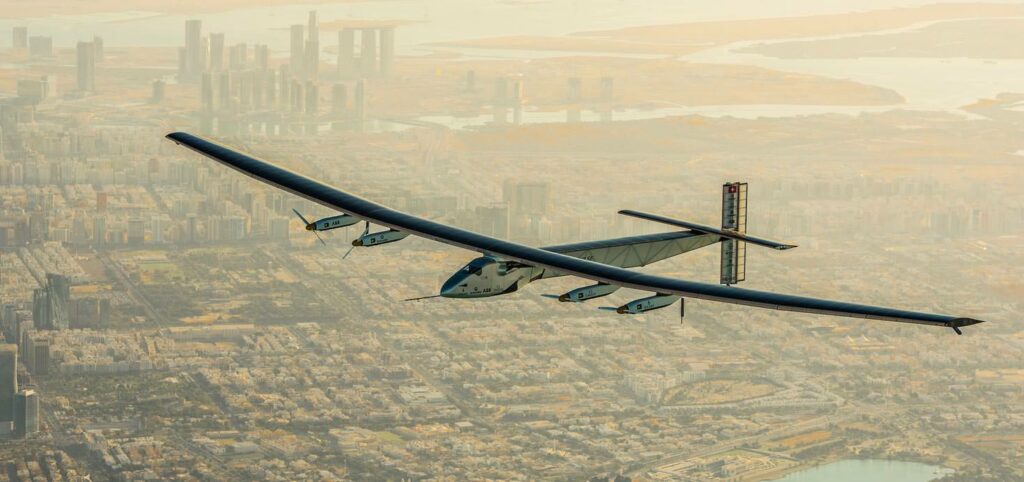
The plane that can fly around the world on just sunbeams (BertrandPiccard.com).
In 2016 Bertrand Piccard and his co-founder André Borschberg completed the first circumnavigation of the globe with no fuel using the world’s first solar-powered plane. Piccard and Borschberg, pioneers of clean technology and energy, were the first people to combine solar panels and planes. Their 40,000 km trip around the world was entirely powered by clean technologies.
Piccard hails from a family of Swiss explorers, scientists, and inventors. His grandfather, Bertrand Piccard, was the first man to enter the stratosphere and witness the curvature of the earth. He also invented the bathyscaphe, a pressurized submarine. Equally adventurous, August Piccard, Bertrand’s father, was the first man to reach the bottom of the Marianas Trench, the deepest point in the ocean. Today, Piccard runs the Solar Impulse Foundation, which is devoted to addressing environmental challenges without compromising economic growth.
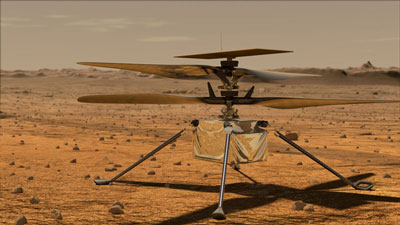
The Mars helicopter landing on the red planet (NASA Mars Exploration).
In 2021, NASA’s Ingenuity Mars Helicopter flew over the Red Planet. The Swiss company Maxon built the six tiny thumbnail-sized electric motors powering the drone. Maxon has produced micro motors since 1961 and made space history in 1997 with the Mars rover Sojourner powered by Maxon motors.
The technology used for the Mars expeditions comes from the DCX series of drives. These motors are a diameter of 10 millimeters and control the pitch of the rotor blades and the course of the solar-powered helicopter, which weighs only 1.8 kilograms. To date, the Ingenuity has flown 38 times, with the most recent extraterrestrial flight taking place on January 5th, 2023. Maxon motors are also used in satellites, space probes, and by the ISS space labs.
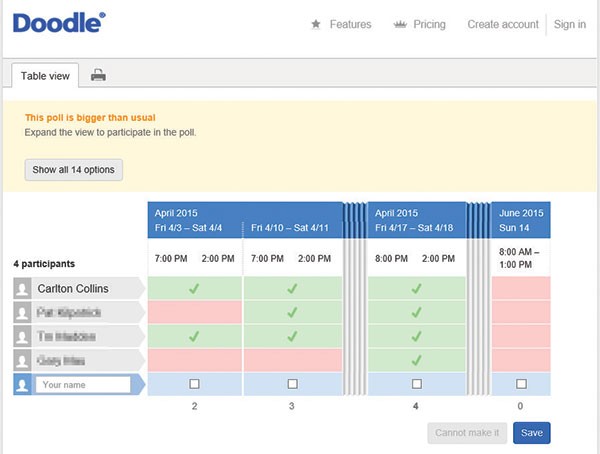
The little application that forever changed scheduling meetings (Journal of Accountancy).
Thanks to Swiss computer scientist Myke Näf, the inventor of Doodle, scheduling meetings is a little easier and less time-consuming. According to Doodle’s website, it’s the fastest and easiest way to schedule anything — from meetings to the next great collaboration. Doodle was founded in 2007 by Michael Näf and Paul E. Sevinç, students from ETH Zürich. Necessity, or in this case, frustration, is the mother of invention. Näf and Sevinç wanted to find a way to meet with people that was streamlined and didn’t require endless emails back and forth.
Näf developed the original program in 2003, and in 2007, he and Seviç founded the company, which is now Doodle AG. The program was a massive success in the university setting and soon became a thriving start-up. Doodle is now used by 28 million people monthly and has numerous integrations with popular apps like Zoom.
يمكن مشاركة هذه المقالة وإعادة طباعتها مجاناً، شريطة أن تكون مرتبطة بشكل بارز بالمقالة الأصلية.
